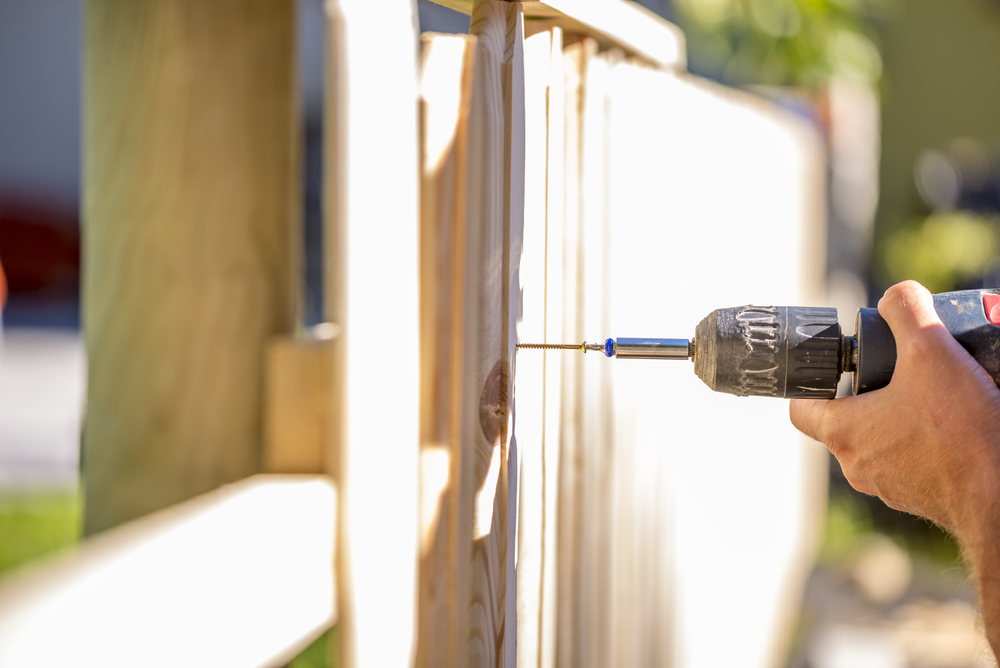Common Fencing Mistakes and How to Avoid Them
Fencing can greatly enhance your property’s appeal and functionality, but even experienced DIY enthusiasts can fall prey to common mistakes during installation. In this article, we’ll highlight some of these mistakes and provide tips on how to avoid them for a successful fencing project.
 Mistake 1: Skipping Proper Planning
Mistake 1: Skipping Proper Planning
Rushing into a fencing project without proper planning can lead to errors in measurement, uneven alignment, and aesthetic issues. Take the time to plan your fence’s purpose, design, and measurements before starting.
Mistake 2: Ignoring Property Boundaries
Failing to accurately determine property boundaries can lead to disputes with neighbors and even legal issues. Always consult property documents and consider hiring a surveyor to mark the boundaries correctly.
 Mistake 3: Poor Post Installation
Mistake 3: Poor Post Installation
Improperly installed posts can cause a fence to lean or collapse over time. Ensure posts are set at appropriate depths, aligned, and secured with sturdy concrete footings for stability.
Mistake 4: Neglecting Local Regulations
Many areas have specific regulations and codes for fence height, materials, and placement. Failing to adhere to these regulations can result in costly removal or modifications. Research local guidelines before starting your project.
Mistake 5: Using Incorrect Fasteners
Choosing the wrong fasteners or using low-quality hardware can weaken the structure and compromise the fence’s durability. Use appropriate screws, nails, and connectors recommended for outdoor use and your chosen materials.
Mistake 6: Poor Fence Maintenance
After installation, neglecting fence maintenance can lead to deterioration, rot, and other issues. Regularly inspect the fence for damage, clean it, and apply sealant or paint as needed to protect against the elements.
Mistake 7: Uneven Panel Spacing
Unevenly spaced panels or pickets can disrupt the fence’s visual appeal. Use a level and measuring tape to ensure consistent spacing between panels, providing a clean and polished look.
How to Avoid These Mistakes:
- Plan your project thoroughly, considering design, purpose, and measurements.
- Consult property documents and consider professional surveying.
- Invest time in proper post-installation with accurate alignment and secure footings.
- Research and follow local regulations and codes.
- Choose high-quality fasteners and hardware suitable for your materials.
- Implement a regular maintenance routine to extend your fence’s lifespan.
- Use a level and measuring tools to ensure even spacing.
By avoiding these common fencing mistakes and following best practices, you can achieve a sturdy, attractive, and long-lasting fence that enhances your property for years to come.

